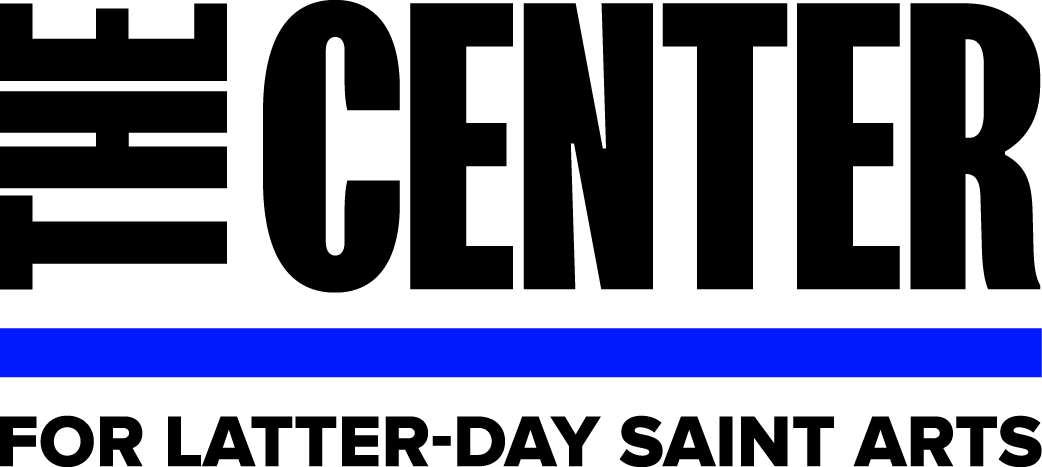November 3-9: D&C 125-128
"A Voice of Gladness for the Living and the Dead"
David Koch (American, born 1963)
Saying Goodbye to the Twins (2000-2002)
Oil on canvas, 24 x 30 inches
Private collection
Used with permission of the artist
Historical Reflections
The readings for November are more diverse than for any preceding month. Most of the revelations in this month’s batch were given in Nauvoo to Joseph Smith, but many came to later prophets in other places. Many follow the familiar pattern of the Lord speaking in his own voice through the Prophet, but in addition there are letters from Joseph Smith, incidental comments spoken by him in various places, and later inspired statements by subsequent prophets. The miscellany of forms does not mean the revelations lack importance. Some of our most distinctive and intriguing doctrines came in these various records: the same sociality that exists among us here will exist among us there; God has a body of flesh and bones; there is no such thing as immaterial matter; baptism for the dead; eternal marriage, and many more. At the end of the assigned readings, the sections include declarations about government, the martyrdom, the westward trek, and Christ’s visit to the hosts of the dead. We get the impression that rather than revelation coming to the Church solely through Joseph Smith sitting down to record God’s words, it came in different forms and from diverse sources.
- Richard Bushman
Art Companion
On a cold December day in 1999, the artist David Koch visited the old cemetery in Nauvoo, Illinois. He writes that “we stumbled across an old headstone with the names of two infants who had died with their mother.” He thought about a passage written by George W. Givens, who wondered about what it might have been like to walk away from the city, "If it was so hard to leave a city and a temple built with such labor and sacrifice, it must have been even more difficult to leave behind, probably never to be visited again, the final resting place of so many loved ones. When we consider again the length of the death lists, we become acutely aware that there were few, if any, families taking one last look back across the Mississippi who were not thinking of dear ones left behind in the silent burial grounds of Nauvoo.” This text and the encounter in the cemetery “gave birth to the idea for this painting and its title,” Koch said.
Gospel Questions
1. Joseph Smith observes that "deep water is what I am wont to swim in" (D&C 127:2). How does this imagery describe how you feel when you are in tough times? What training helps you to be able to swim through this type of deep water?
2. Joseph Smith describes a "welding together of dispensations" (D&C 128:18). How have you felt the benefit of the strength of this welding link in your family?
3. Joseph gives words of encouragement and a battle cry of "courage...on, on to the victory" (D&C 128:22-24). What words of encouragement would you give to someone you know who is in a tough spot? Write them a note, text or email of encouragement.
For Children & Youth
Hi. It is hard to lose a loved one—a member of the family, a neighbor, or a friend. Imagine what it would be like to leave your home knowing that you might never be able to return. This is what happened to the early members of The Church of Jesus Christ of Latter-day Saints who were driven from home to home. It also takes place today to people who are refugees from one country and move to another land to begin a new life. How can we remember those people who have died before us?
1. Jesus refers to "essaying to be my saints" (D&C 125:2). If you were writing an essay about being a saint, what would be your topic sentence?
2. Joseph Smith talks about the procedures for witnessing and recording baptisms for the dead in D&C 127-128. Have you ever participated in baptisms for the dead in the temple? How did you feel about the experience?
3. Research about a relative maybe by interviewing the person if they are alive, by asking someone who knew them about the person (if they are no longer alive), or read information about the person. Make a poster about that person describing their name, how they are related to you, some things about their life that you find interesting and inspiring. (D&C 128:18).





